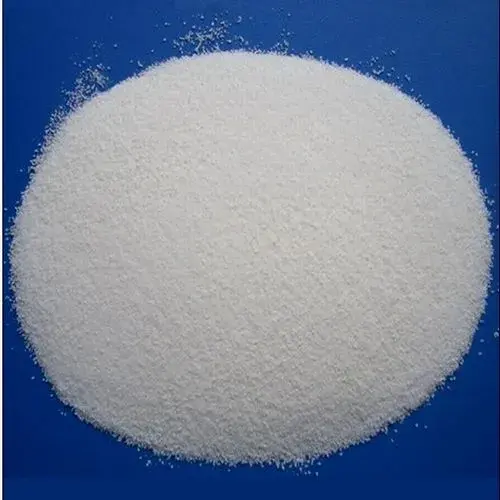Terephthalic acid, often abbreviated as TPA, is an organic compound that plays a crucial role in our day-to-day life, albeit unbeknownst to many. This white crystalline compound doesn’t just sit in a chemist’s laboratory. It has far-reaching applications, from the plastic bottles that hold our beverages to the fabrics that fashion our clothing.
TPA is a type of aromatic dicarboxylic acid – a class of compounds with two carboxyl functional groups (-COOH). Its molecular formula is C8H6O4. The ‘terephthalic’ in its name signifies its relation to phthalic acid, with the prefix ‘tere-‘ denoting the positions of the carboxyl groups on the benzene ring. TPA, alongside phthalic acid and isophthalic acid, is one of the three isomeric phthalic acids. Although their formulas are identical, the arrangement of atoms in these compounds varies, imparting them with distinct characteristics.
Pimarily used as a precursor to the polyester known as PET (polyethylene terephthalate). PET, synthesized from TPA and ethylene glycol, is an incredibly versatile material and forms the backbone of a wide range of products. In its pure state, TPA is a white crystalline solid, with a slight acidic odor. Although it exhibits stability, it is less soluble in water and more soluble in alcohol.
Most noticeable application of TPA is in the creation of PET bottles used for beverages like water and soft drinks. This application leverages the strengths of PET, such as its durability, lightweight nature, thermal stability, and transparency. These properties make PET a superb material for bottling and packaging needs.

Another Application:
Another significant application of TPA is in the textile industry, where it serves as a precursor for polyester fibers. As a fundamental component of polyester, TPA contributes to the creation of resilient and easy-to-care-for fabrics. Polyester, known for its strength, durability, and resistance to wrinkles, is a popular choice for clothing and home furnishings, including bed sheets, bedspreads, draperies, and curtains.
Terephthalic acid also plays a part in the production of various resins, including alkyd resins. Resins, derived from polybasic acids (like TPA) and polyhydric alcohols, are commonly found in a variety of paints, enamels, and varnishes. The inclusion of TPA imparts the final product with desirable properties such as improved hardness, durability, and heat resistance.
PET films, another product derived from TPA, are a staple in several industries, serving a multitude of purposes. Often used for packaging due to their high tensile strength and excellent transparency. In the electronics industry, PET films function as reliable electrical insulators.
Despite the numerous advantages and applications of TPA-derived products, it’s important to recognize the environmental impact they can have. The production and disposal of PET products contribute to environmental pollution. However, ongoing research is investigating ways to recycle PET more effectively. And one proposed method involves chemically converting PET back into its constituent monomers, TPA and ethylene glycol. If successful, this could significantly mitigate the environmental impact of PET production and disposal.
In conclusion, terephthalic acid is an unsung hero of the modern world. Its far-reaching applications underscore its significance in various industries. It serves as a testament to the power of chemistry to transform simple, individual molecules into compounds that play such pivotal roles in our everyday lives. While it’s important to continue to develop methods to reduce the environmental impact of TPA-derived products, there’s no denying the significant role TPA plays in today’s world.
